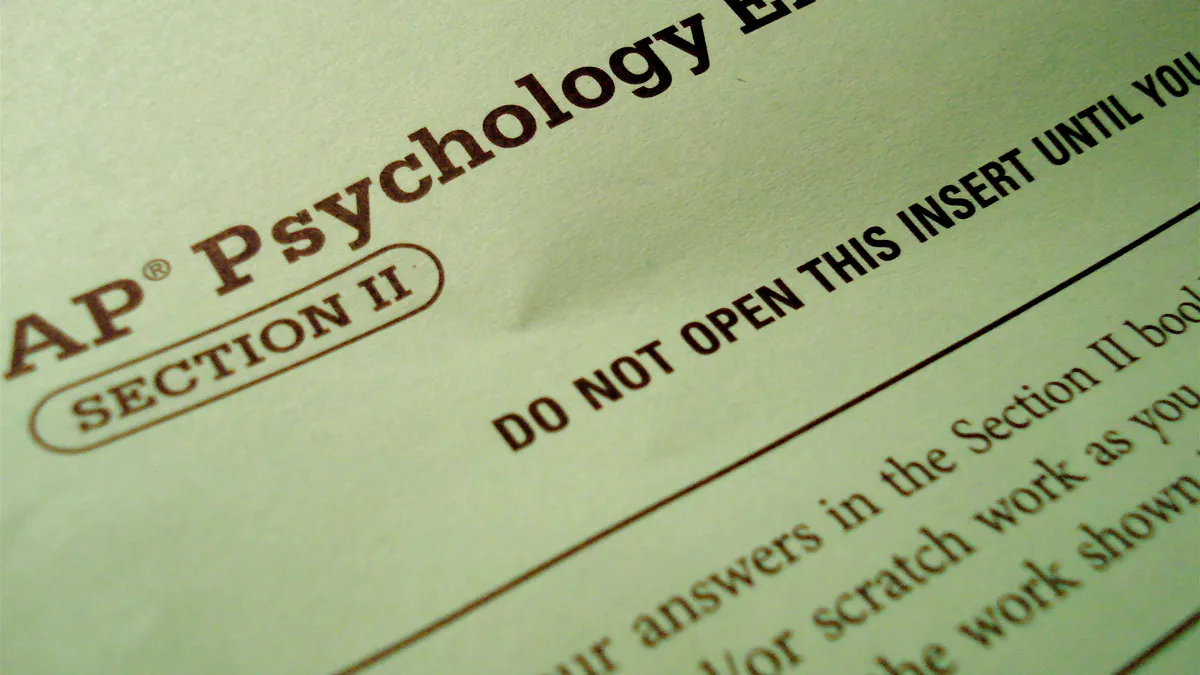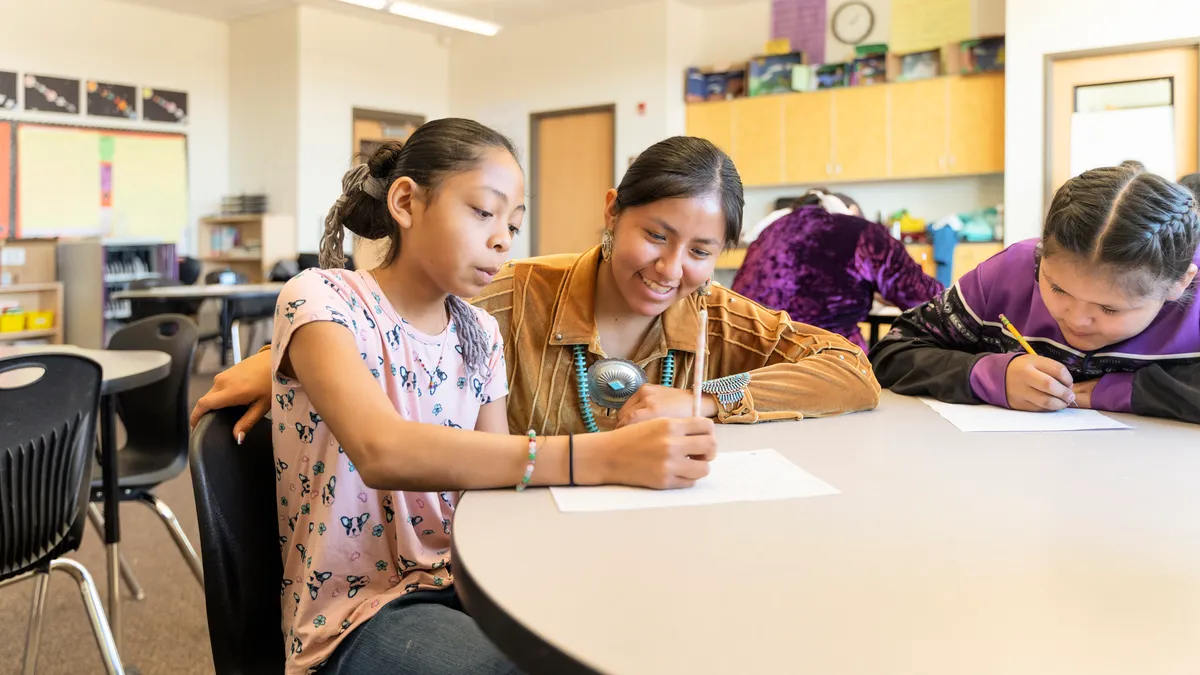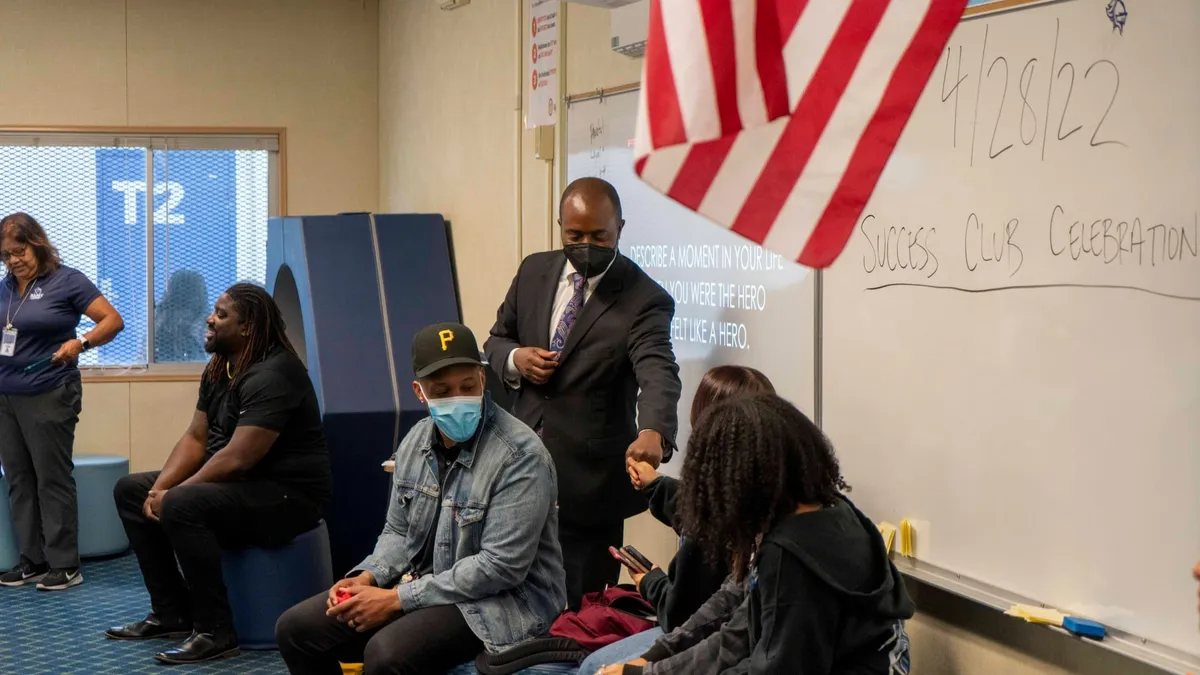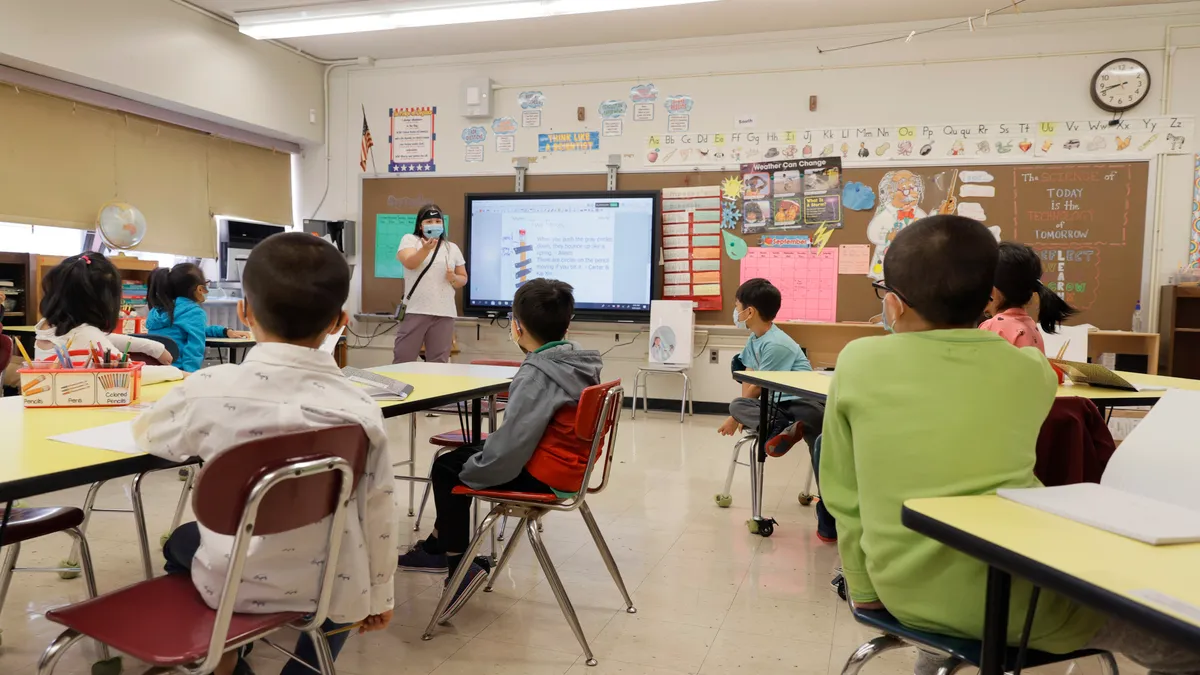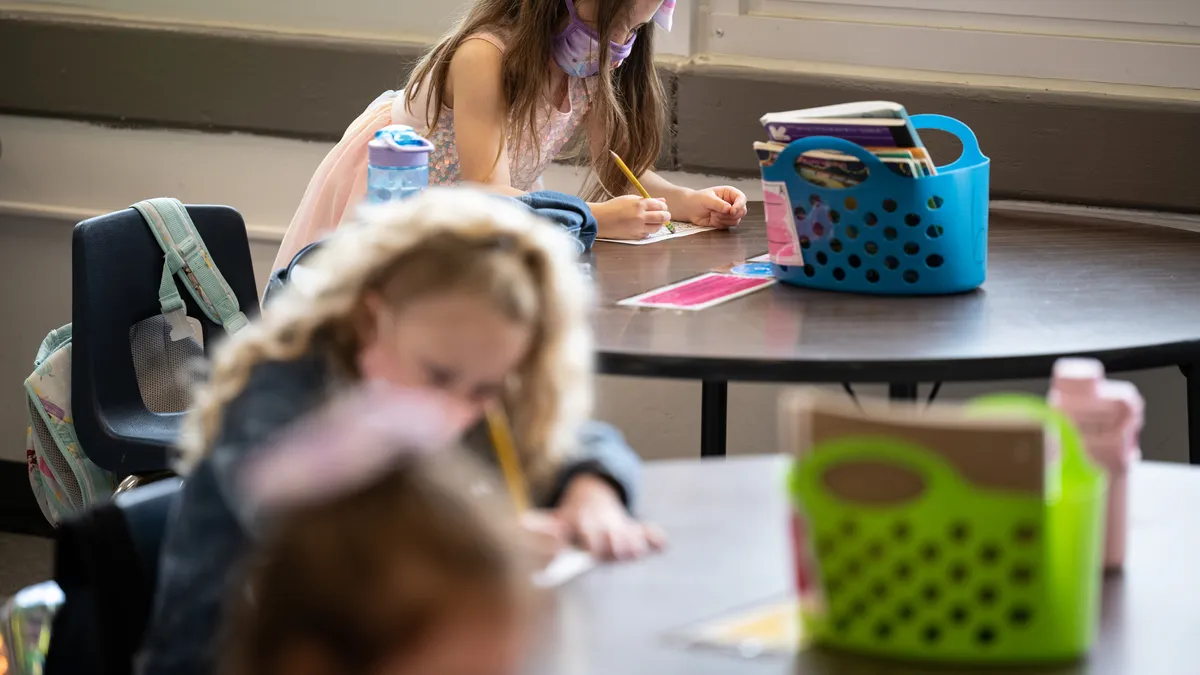Kristi Miller is an applications specialist at Marion County Public Schools in central Florida.
As any teacher will attest, the most chaotic time of every class is the beginning.
My district, like many others, was looking for a way to maximize instructional time. With more than 43,000 students spread across 54 locations, having an efficient way of taking attendance was imperative to our operations. Unfortunately, with such high enrollment numbers, late arrivals were costing our students and teachers major instructional time.
Students who were tardy had to manually enter their information into a log at the main office and have a staff member issue a pass before they could go to class. Even worse, teachers were limited to a paper-and-pencil process to check in those late students.
After researching possible solutions to minimize tardiness, we reached out to our student information system (SIS) partner, Skyward, for help. They referred us to a tardy kiosk solution designed to work in tandem with our SIS to manage tardy passes and inform teachers and parents of where students were in real-time.
At the two-year mark of our new solution, we couldn’t be more pleased with the results. Students are getting to class more quickly, teachers are maximizing instructional time, and parents have a better picture of their children’s attendance. Below are some strategies your district can use to improve the tardy processes.
Eliminate manual entry
According to the National Center for Education Statistics, almost 40% of teachers agree or strongly agree that student tardiness or skipping class has a negative impact on their teaching. Other data show that student tardiness occurs at a rate of 3.3% to 9.5% each day for students in K-12 schools. At a district of any size, those numbers add up fast. For our staff, this meant spending a great deal of time, manually updating student attendance records in our SIS. On some days, hundreds of records needed to be updated.
With tardy kiosks, that changed. Now when students arrive late, they log in to any kiosk located in the attendance office. Within seconds, the device prints out a tardy pass which includes the teacher’s name and time the student logged in. From there, the student heads to class. Since our SIS is connected to the kiosks, all attendance and tardy information is immediately available in real time. As a result, district staff members are spending more time focusing on students and less time concerning themselves with inefficient attendance procedures.
If that isn’t enough to make you rethink your manual processes, here is another convincing fact. By automating the tardy process, we saved approximately three hours of manual documentation and data entry on a typical school day. From my experience, this holds true with most processes. The more you can cut down on manual entry, the better.
Establish accountability
While tardy kiosks assist our teachers, receptionists and clerks with their jobs, students also receive many benefits. Students are now responsible for checking themselves in using the tardy kiosks. By holding students more accountable, they are arriving to class earlier and losing less learning time. That process may seem minor, but at a large district like Marion County Public Schools (MCPS), it was easier for students to feel less responsible.
By giving students more responsibility, we are helping them become more independent, empowered and accountable. These are important traits that will benefit them their entire life. Additionally, our SIS helps teachers know precisely when a student checks into the kiosk. As a result, teachers can identify whether a student is spending more time in the hallway than they should.
Our process doesn’t guarantee the elimination of tardiness, but for the most part, we have found that students are on time to school much more since implementing tardy kiosks.
Give your parents a window
Student accountability is often tied to parent engagement. Yet, for parents to stay involved, they need access to their children’s information. With the combination of tardy kiosks and our family portal, this is finally possible.
Most notably, our tardy kiosks have improved communication and awareness. Because students are marked late directly in our SIS, parents can log in to their parent portal and see when their child checked in.
Even better, our kiosks are helping strengthen the relationship between parents and teachers. By having attendance information available the second a student signs in, parents and teachers can coordinate efforts to reduce tardiness. Additionally, parents notify teachers ahead of time about planned absences or late arrivals. Opening the line of communication and forming those relationships is vital to student success.
Challenge the status quo
When we determine certain processes can or should be done more efficiently, we don’t accept our fate and hope things suddenly improve. Instead, we look at the various tools and solutions available to us and find a way to improve that process. In this case, we relied on our SIS and a new technology partner for our tardy kiosk solution. In the future, a new solution could come from any one of our district leaders or technology partners. The focus shouldn’t be about implementing new technology in hopes of being viewed as “high-tech” or “innovative,” the focus should be on finding a way to provide a better experience for staff and parents.
At MCPS, our leaders emphasized flexibility and encouraged us to make changes to existing processes that fall under the “way we’ve always done it” category. As a result, we have been rewarded with happy staff, happy parents and a more efficient process.





 Dive Awards
Dive Awards
